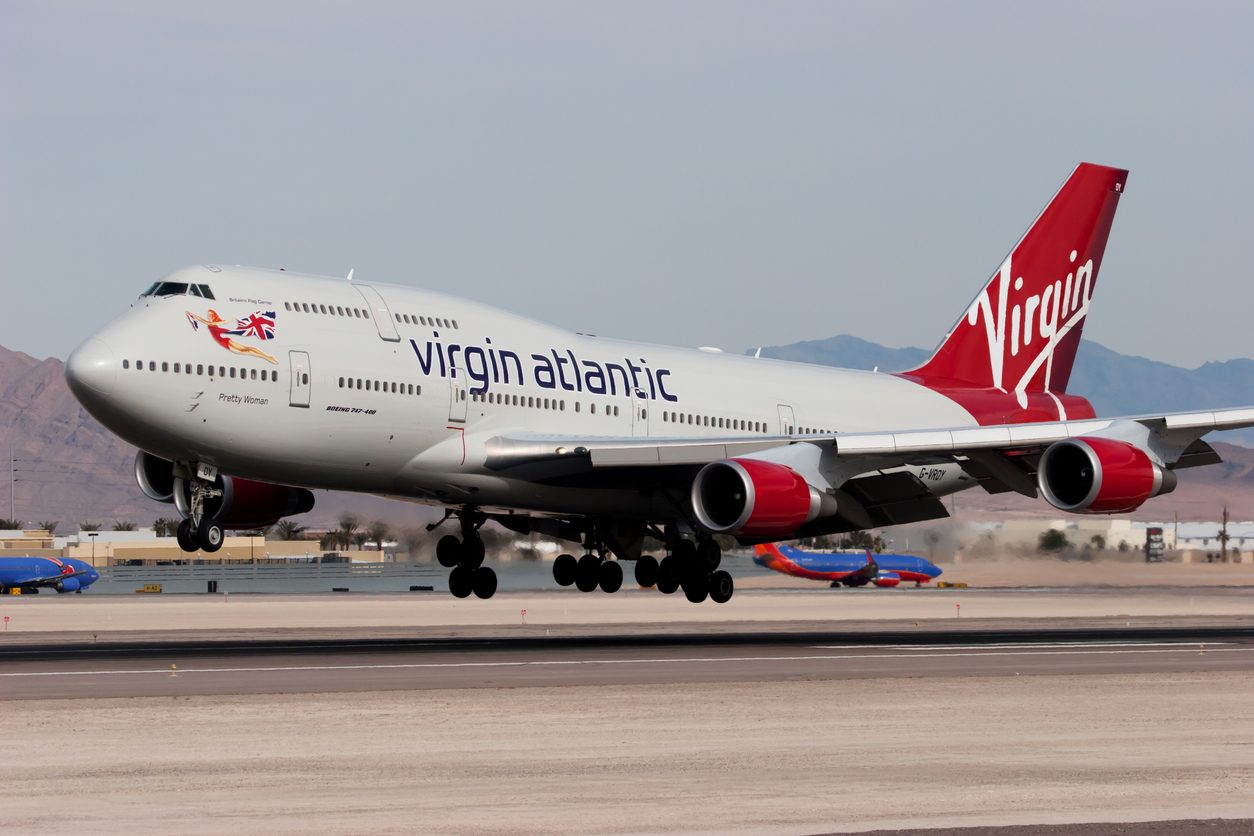World’s First Climate Supermarket Launches In Stockholm
In 2022, a Swedish brand called Felix launched the world’s first climate store in Norrlandsgatan, Stockholm and the product prices are all based on carbon emissions. Keep reading to find out more interesting details about the innovative establishment.

Photo credit: Felix
The first climate store ever created in the world was named klimat butiken (The Climate Store), and it is located in Norrlandsgatan, Stockholm. In the store, all products for sale are priced based on how much impact they have on the climate generally i.e their emission currency.
This means that the more carbon dioxide emissions a product causes, the more costly it will be. Comparatively those products with less impact on the climate will cost less. For example, carbon-intensive products like animal products cost more than plant foods like vegetables and fruits. Why is this being done?
The brand has revealed that the intention behind the action is to heighten consumer awareness of the impact their food choices can have on the climate. The climate store was created by the Felix brand under the famous Orkla food franchise because they believe that consumers need clearer guidance.
The Climate Store was their way of trying to clear the confusion surrounding the link between the food we consume and the climate. The store also urges people to implement the power of carbon reduction as they shop.
To reduce carbon emissions by at least half, Felix says that each individual needs to follow the consumption principle which states that a person needs to buy only 18.9 kg of carbon dioxide equivalent per week.

It is Felix’s hope that the climate shop will encourage more consumers to opt for low-carbon plant-based foods. The shop was created to make it easier for shoppers to realize how their immediate actions can have a big impact on the climate.
The products are marked with labels that can be easily distinguished based on how much effect a product has on the climate. There are four gradients. The green color represents a very low climate footprint while the coffee color represents a high climate footprint.
According to Thomas Sjöberg, Marketing Manager at Felix, “The numbers themselves are meaningless to consumers. To make the numbers meaningful, we created a climate scale that clearly shows the current average and which climate footprint is lower.”
Sjöberg says that if a product emits less than half of the average Swedish food emissions, it gets a low climate footprint level. The climate footprint of a product is calculated using the food and food carn=bon footprint data obtained from the Swedish National Research Institute (RISE), the information provided by the manufacturer, the process data of all production facilities, and the packaging and transportation industry data.
The calculation also covers the process of raw material production, processing and packaging, making it a true evaluation of the environmental impact of the products.
What do you think about this innovation?
;Resize,width=767;)


;Resize,width=712;)
